Table of Contents
- What is Outsource Manufacturing?
- When Does Outsource Manufacturing Make Sense?
- Identifying the Right Manufacturer
- How to Qualify a Manufacturer
- How to create a Request for Proposal
- Product Design-Basic Requirements
- Understanding Startup Costs, Samples and Product Changes
- Monitoring and Managing Production-Quality Assurance
- Communication and Project Management
- Conclusion
Chapter 1. What is Outsource Manufacturing?

Outsource manufacturing consists of hiring people outside of the company to assemble parts of, or build an entire product. The main reason why companies chose to do this is to cut costs. Labor is often among any company’s largest costs. Outsourcing parts of the production line to a third party in a lower cost location leads to a significant decrease in production costs. It is more affordable to outsource production processes to companies that have a comparative advantage in that area than to produce them internally. Many times one of the greatest advantages of outsourcing is to utilize assets (plant, property and equipment) already in place without having to make an investment in fixed costs.
Get answers to these questions:
-
What are the advantages of a new start-up product to manufacture in China?
-
How can you maintain control over the new product in contractual agreements?
-
How can outsourcing help you accelerate your product launch and help you concentrate on your company’s infrastructure?
-
In what ways do your market research and your business plan give you a basic idea of your potential sales volume and selling price?
-
How can you calculate a break-even point in terms of recouping your initial investment when you switch to outsourcing?
Chapter 2. When Does Outsource Manufacturing Make Sense?
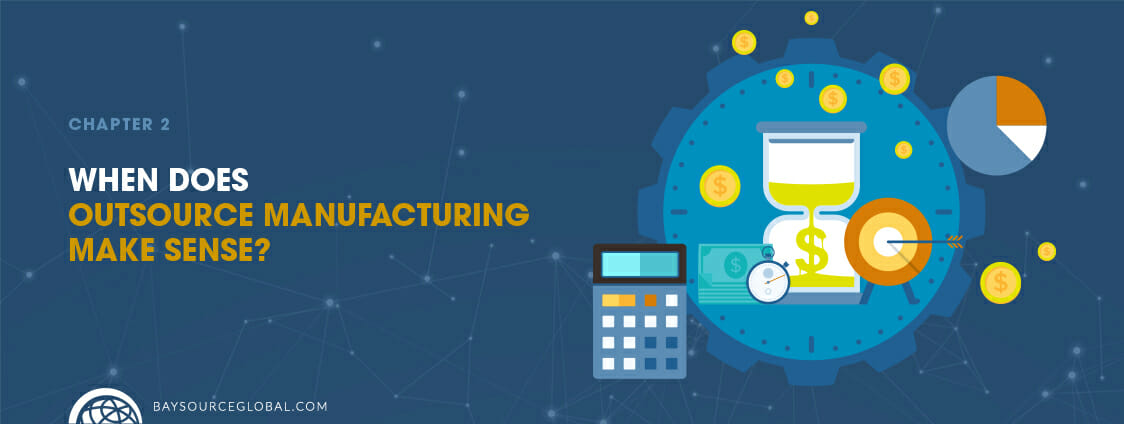
Manufacturing companies have a myriad of reasons for outsourcing production, but the main drive for deciding in favor of outsourcing usually boils down to one thing: cost reduction. Businesses often outsource manufacturing processes with the aim of making a fixed cost fully variable. It makes sense to outsource those activities or processes where other suppliers have competitive advantages in place or are already performing. If any part of the line of production, from conceptual design to finished product, can be completed faster or at a lower cost elsewhere, it is best outsourced. For example, companies who have skilled and certified employees who are familiar with specific processes means greater efficiency and increased speed to market without the investment of time and training.
Get answers to these questions:
-
How can you improve your balance sheet by reducing or eliminating assets and increased cash flow?
-
Where can you focus on your core mission and allocation of operations to more profitable activities?
-
How does outsourcing help you focus on your company payroll and resources on growing your market share?
-
How can you determine which processes that are redundant, don’t contribute to profitable growth or are a strain to current operations in exchange for outsourced resources?
-
How can you achieve a lower cost of production and not incur the upfront cost of setting up the operations yourself?
-
What are the key qualities you should look for when selecting a manufacturer?
Chapter 3. Identifying the Right Manufacturer
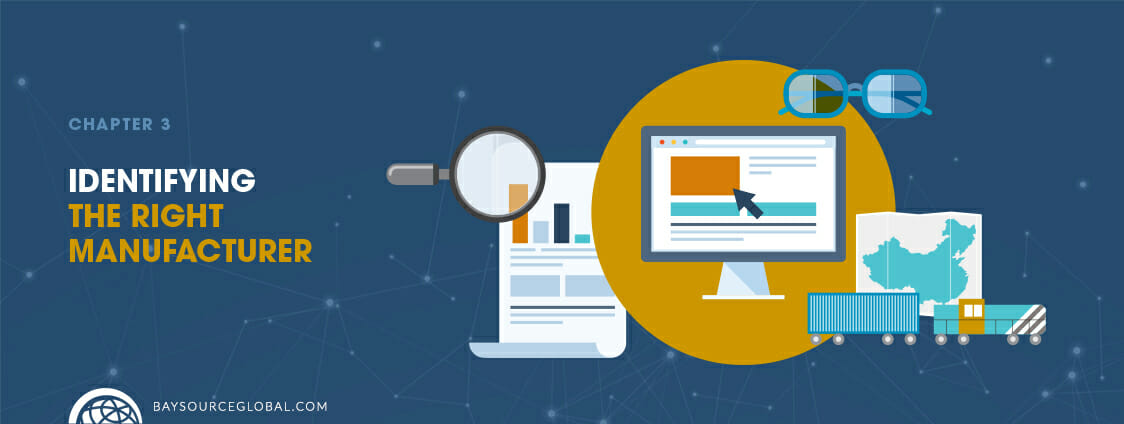
Choosing a contract manufacturing organization (CMO) is critical. Choose the wrong contractor, and you could be faced with delays and cost overruns. With much on the line, decisions should be made based on proven strategies. With the right preparation and a well-documented RFP, selecting a CMO means doing good work on the front end to avoid pitfalls down the road.
Get answers to these questions:
-
Why is selecting a manufacturer based on the lowest cost not the only thing to be considered when choosing an overseas partner?
-
What are the quality and safety you should consider when outsourcing manufacturing to China?
-
How does selecting the wrong factory put your business and reputation on the line?
-
How do contract manufacturers create a supply chain for your company that consists of multiple suppliers?
Chapter 4. How to Qualify a Manufacturer

There are literally thousands of manufacturers who produce the same categories of products. It’s important that you select the manufacturer that will best serve your interests in terms of quality, cost, and punctuality without compromising any of your philosophies.
First, you must ensure the selected CMO, or contract manufacturing outsourcing has the technical capabilities, capacity, facilities, and systems to provide the services desired. Second, assess the CMO’s willingness and capability to modify systems, utilities, processes, or procedures to meet your requirements. The sponsor puts the product’s success in the hands of the CMO. Therefore it is crucial to do preliminary research and make sure the company is financially stable, has robust quality systems, and can manufacture a product that consistently meets specifications while meeting production schedules.
Get answers to these questions:
-
What is a CMO’s role in outsourcing manufacturing?
-
How can you establish a good line of communication with your CMO to ensure project success?
-
What are the questions to ask your CMO to make sure they are legally compliant and giving you the best deal on the manufacturing of your product?
-
How to make sure that you CMO is secure and experienced business capable of long-term contract?
-
How to ensure that your CMO will deliver orders on time and in full?
Chapter 5. How to create a Request for Proposal
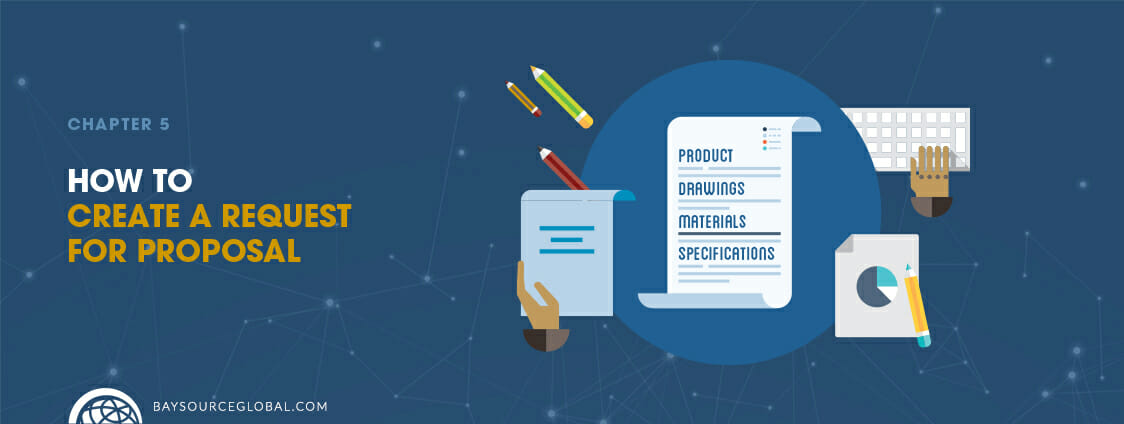
Creating a quality RFP is absolutely crucial. This is where you define your objectives and create the requirements that your potential manufacturers must live up to. You need to convey the right information and ask the right questions so that both you and the manufacturers are able to achieve an accurate understanding in order to avoid surprises later on. Before you begin writing, you need to define the project and your specific needs. You are trying to find the perfect “who” for your project. You need to be able to delineate the what, when, where and how.
When writing an RFP, remember that the manufacturers who will be responding need to have a clear understanding of your organization and its needs. A well-written RFP will clarify your objectives and the scope of the services you are seeking. It will also provide a structured format that delineates the way the contract manufacturer will present its capabilities, costs and expectations.
Get answers to these questions:
-
How to validate the third-party solution that you’re choosing?
-
Which questions to ask in order to obtain information on a manufacturer’s organization?
-
How to write a well-written RFP will clarify your objectives and the scope of the services?
-
What background information about your current project to include in your RFP?
-
How can you write an effective RFP that includes a detailed explanation of what you need the manufacturer to do and a list of the information you expect to receive from the candidates?
-
What details should you ask for in your structured response from the manufacturer?
-
How to express your timeline in your RFP?
Chapter 6. Product Design-Basic Requirements
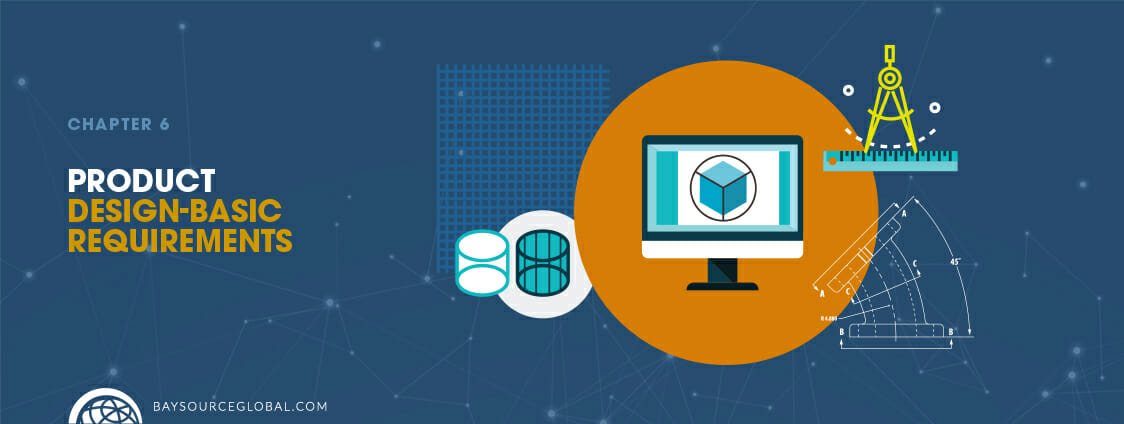
Design for manufacturing, also known as design for manufacturability or simply DFM, is an industry-wide solution. Although technologies vary within each discipline, DFM pertains to the art of designing products in order to streamline manufacturing.
Product developers thoroughly review each new project by focusing on material specifications, dimensional drawings and all levers that affect Fit and Function–all with a key emphasis on maintaining a balance of high quality and low total cost.
As projects move from the design and quotation phase tool and prototype building, first article of inspection samples and final approvals must all be coordinated.
Get answers to these questions:
-
What are the steps to follow to maintain quality through all stages of design of your product?
-
How can a DFM reduce manufacturing costs and time-to-market?
-
What are the steps to follow from product concept to manufacturing and assembly to ensure your product’s success?
Chapter 7. Understanding Startup Costs, Samples and Product Changes
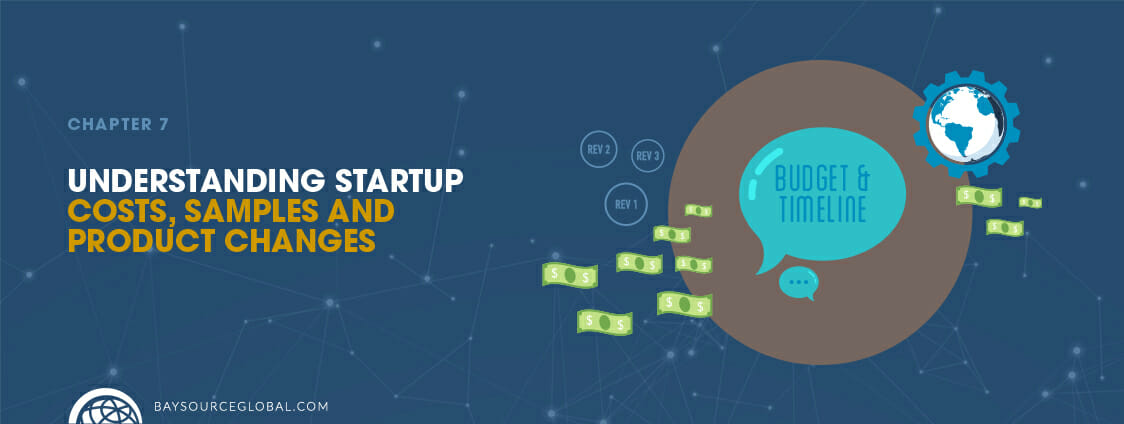
Selecting a manufacturer is one of the most important decisions a company with a new product to sell will make. While some companies may decide to keep production local, most will choose an international factory for mass production. Typically these processes will be outsourced to Asia or South America, depending on the product.
Business owners need to be extra aware at early stages of development. Startup costs require careful planning and meticulous accounting. Many new businesses neglect this process and hope for a flood of customers to keep the operation afloat –usually with abysmal results.
Get answers to these questions:
-
What should you expect from the startup costs when manufacturing your product?
-
How to calculate gross margin to make sure you have enough padding for unforeseen costs?
-
What costs should you expect when developing and manufacturing a new product?
Chapter 8. Monitoring and Managing Production-Quality Assurance
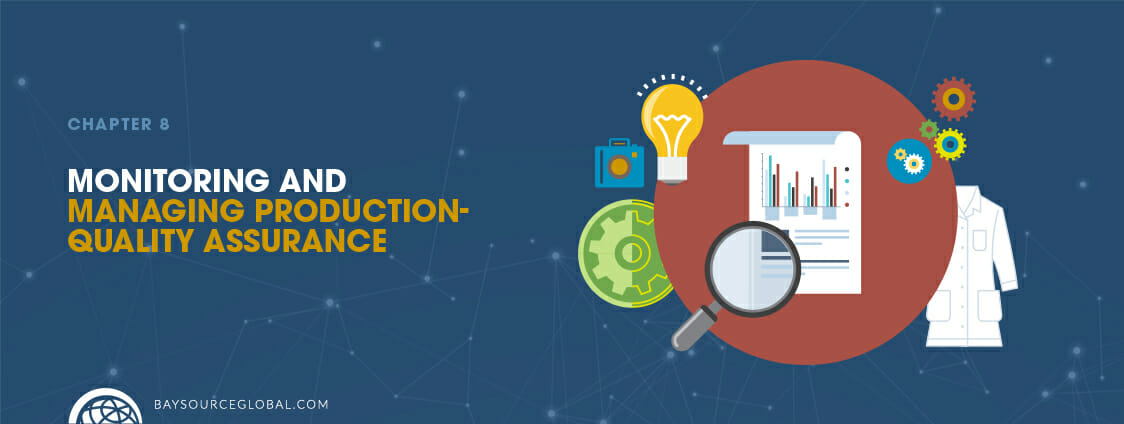
Quality assurance (QA) involves preventing mistakes or defects in manufactured products, guaranteeing that quality requirements will be fulfilled and avoiding problems when delivering solutions or services to customers.
Quality assurance is an integral part of monitoring and managing production and cannot be overlooked. Whether the item being produced is simple or complex, it is bound to have several steps in its production process. From manufacturer selection to materials selection, to production and everything in between, quality assurance is vital every step of the way.
Get answers to these questions:
-
How can you monitoring and manage your product manufacturing process to ensure quality?
-
What can sourcing agents do to help ensure quality assurance?
-
How do you address a product that has failed quality assurance testing?
-
What is the decision matrix and how does it help you determine if your product is suitable?
-
Who can you contact to make sure on-site factory audits are being conducted?
Chapter 9. Communication and Project Management
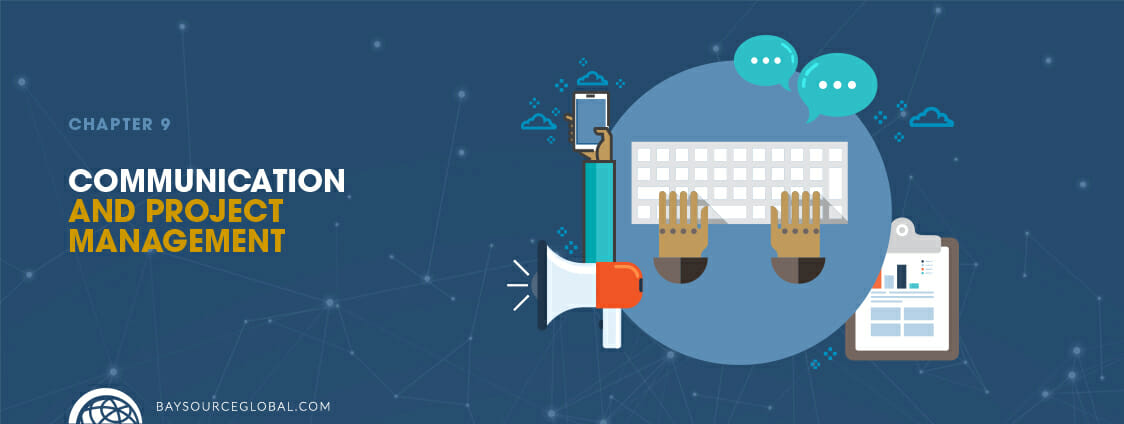
The goal of Project Communications Management is to ensure timely and appropriate generation, collection, storage, and distribution of project information. Successful project management depends heavily on quality communication. In order to accomplish a project successfully, everyone involved must take part in open and candid communication. The leaders need to be in touch with every aspect of the project in order to recognize and uphold team roles, understand challenges, and maintain the level of quality and integrity that the sponsors/stakeholders are expecting upon completion.
Every successful project manager has taken the time to develop their communication skills. This is necessary due to the inherent nature of project work as compared to process work. Projects are unique one-of-a-kind sets of activities that require constant evaluation and consideration throughout the entire process.
Get answers to these questions:
-
What kind of communication is required? (Management meetings, team meetings, management reporting, project records, etc.)
-
Who needs to be communicated with? (Who should stakeholders, team leaders, team members, etc.)
-
What is the chain of command? (Everyone should know exactly to whom they should report progress/issues)
-
How frequent is communication required? (Scheduled meetings, open doors, progress reports, etc.)
-
What needs to be communicated? (Reports, meeting minutes, details or summaries, etc.)
Chapter 10. Conclusion
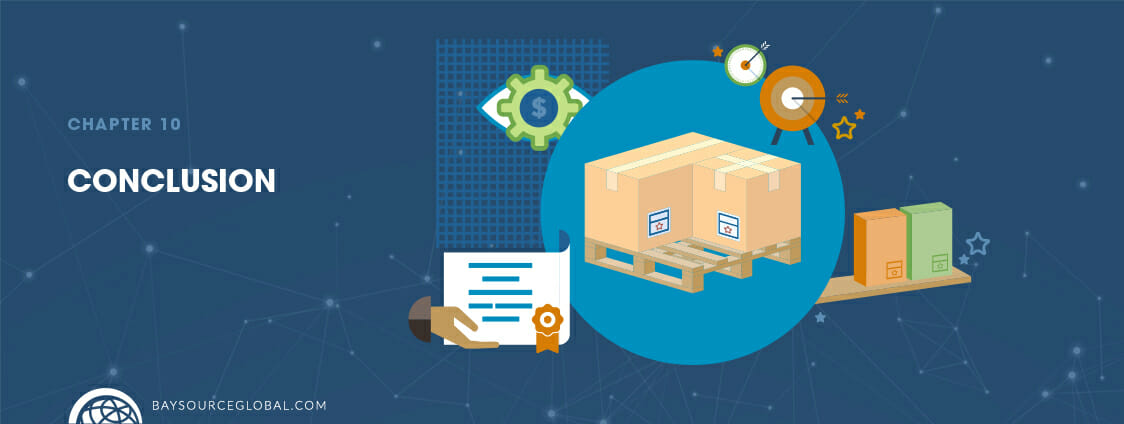
Over the past few decades a global trend to outsource factory production throughout South America and Asia in order to cut costs developed. Meanwhile, innovative work involving complex engineering has tended to stay in-house in high-cost countries. Manufacturing was seen as just a cost center, so it was often offshored without much regard to quality or process. However, many contemporary companies are of the opinion that manufacturing and production make such a big contribution to the success of research and development that innovation is more likely to happen when R&D and manufacturing are in the same place. However, in-house manufacturing raises costs exponentially, making it difficult to produce a product that is accessible to large portions of the market.
A good manufacturing and distributing company has developed their services to provide companies access to a system of resources that has been compiled and refined for over a decade. Their team should have years of experience providing offshore manufacturing solutions so that products can be produced with the highest standards of quality and the lowest costs. They should also have a positive relationship with their partners and be committed to the highest standards of honesty, transparency, integrity and quality.


Follow Us